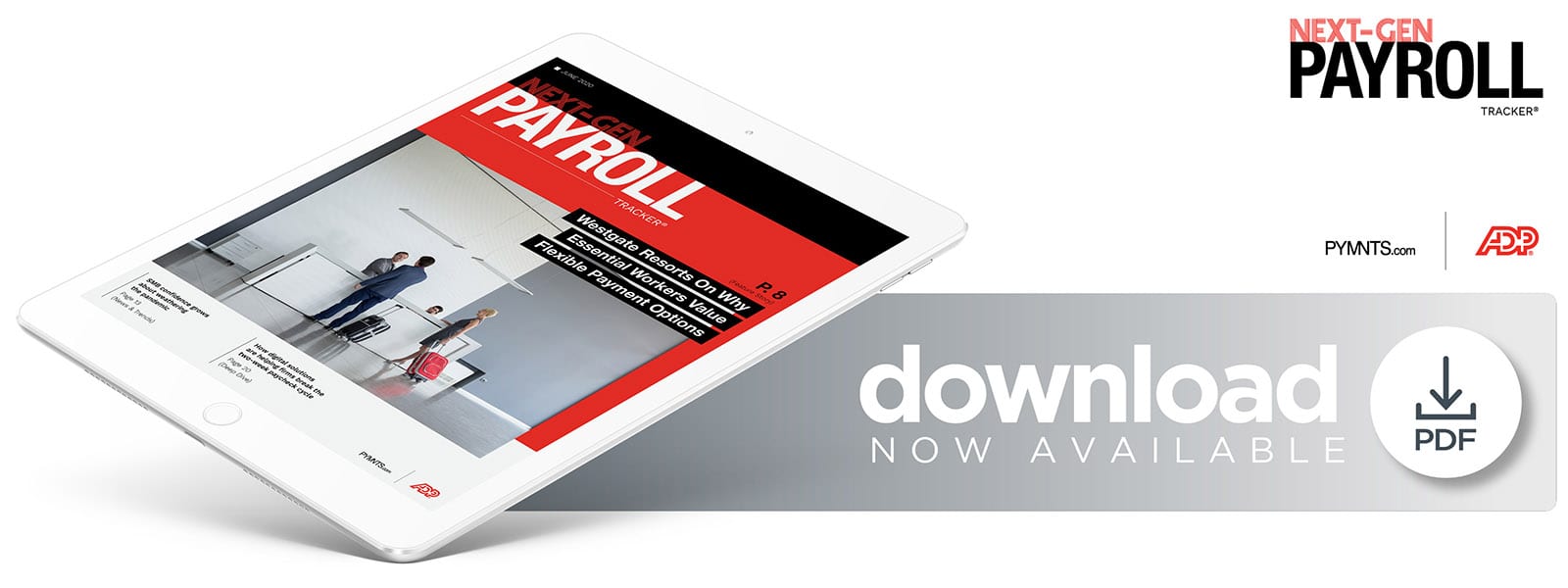
 The United States federal government sought to disburse more than $1 trillion in stimulus funding in the early days of the COVID-19 lockdown to help businesses stay afloat and pay citizens for urgent expenses. The money was sent out by check and direct deposit, yet millions did not receive the funds. Part of the problem was that the government did not have current address and account information for large shares of the U.S. population, which undermined central goals of the funding: to provide immediate financial relief to businesses and consumers and to stimulate a flatlining economy. The government has since turned to prepaid debit cards to reach some of the millions of citizens who fell through the cracks in the early phase of the program.
The United States federal government sought to disburse more than $1 trillion in stimulus funding in the early days of the COVID-19 lockdown to help businesses stay afloat and pay citizens for urgent expenses. The money was sent out by check and direct deposit, yet millions did not receive the funds. Part of the problem was that the government did not have current address and account information for large shares of the U.S. population, which undermined central goals of the funding: to provide immediate financial relief to businesses and consumers and to stimulate a flatlining economy. The government has since turned to prepaid debit cards to reach some of the millions of citizens who fell through the cracks in the early phase of the program.
The situation illustrates a principle that is just as applicable to the private sector in the current socioeconomic moment: Analog paper-based processes are often not up to the task when speed and efficiency are paramount. Large and small firms’ operations have been thoroughly disrupted by the past months’ events. Some businesses have been forced to close their doors indefinitely, while others have had to quickly set up and manage remote workforces. All must still maintain financial relationships with what could be considered their most precious resource: their employees. This presents myriad challenges to payroll issuers that range from compensating employees who may no longer have access to timesheet filing systems to complying with the requirements of government aid programs such as the Paycheck Protection Program (PPP).
Some firms already had digital tools and platforms in place to streamline their payroll operations, but many others have had to scramble to adapt to these new realities. These businesses must find new ways to leverage digital technology to safeguard their staffs’ financial well-being in uncertain economic times, regardless of their existing capabilities. The economy will not simply reset itself as the pandemic eases — it will evolve in new ways that will require firms to demonstrate flexibility, technical agility and thinking beyond the traditional payroll cycle.
The trends transforming the labor market
The pandemic has dramatically shown why firms and their employees need more flexible compensation capabilities, especially those on the front lines of the crisis like nurses or delivery drivers. Many of these workers are now being required to work irregular shifts due to distancing policies or unprecedented demand. Employers in certain industry segments may also have to manage hazard and overtime pay or offer other financial incentives in addition to paying workers off-cycle.
These changing circumstances go both ways: Workers may be required to work less predictable schedules, and they also have financial needs that do not necessarily fit neatly within the traditional two-week pay cycle. The ongoing situation may compound cash flow gaps for such workers — their hours may have been cut, for example, yet they may continue to bear the cost of stocking up on groceries and safety supplies. On-demand payment options may take on special urgency for such workers.
It is not just frontline workers whose work patterns are being disrupted, however. Many white-collar professionals and office workers are now working from home, including entire HR departments. Non-salaried workers may no longer be able to submit paper time sheets, whereas salaried professionals may find themselves having to work unusual hours from home and may seek stipends or other flexible pay options in light of these circumstances. These shifts are not going to be short-term and are expected to fundamentally alter professional life in the years ahead.
Emerging digital payroll solutions
Businesses are looking to address these challenges using digital payroll solutions that are already available in the market. Some are embracing self-service online tools such as websites that allow employees to access information about their pay, vacation time, benefits and other topics. A new generation of cloud-based mobile tools and faster payment options may be uniquely suited to the current moment, however.
One key innovation does away with the paper and direct deposit checks all together. Workers and contractors can be paid via debit cards or through virtual cards that rely on secure, transaction-specific codes. Payment is disbursed on credit card rails, therefore funds can be made available to workers faster and in more flexible ways than conventional payroll processing allows. Such card-based payment methods may be especially useful for workers who may otherwise have limited access to credit cards and banking services.
A number of payroll providers and firms are making it possible for workers to request same-day payment for work they have completed — or even before completion, in the case of pay advances. Such options have proven especially compelling for non-W2 workers and those making a living in the gig economy. More than two-thirds of gig workers who live “paycheck-to-paycheck” would be willing to switch to providers that offer pay advances. These workers believe having ready access to their paycheck would improve their overall well-being by allowing them to cover basic expenses and lessening financial stress, according to PYMNTS research.
Alongside these new flexible payment offerings are highly functional mobile tools like the MyADP app that put a host of vital tools at employees’ fingertips, including paycheck status, time-off requests and HR inquiries. Such apps often work in tandem with cloud-based HR platforms, which administrators and employees can use anywhere they have access to the internet, a vital capability at a time when HR teams may not have access to on-premise software systems. These cloud-based systems can even stay up-to-date on shifting regulations governing such matters as tax withholding and agency reporting. These are naturally important considerations when economic and regulatory environments are in flux.
Digital payroll innovations in the current era go well beyond offering basic conveniences to employees. They have the potential to secure and strengthen their financial lifelines and their senses of well-being.